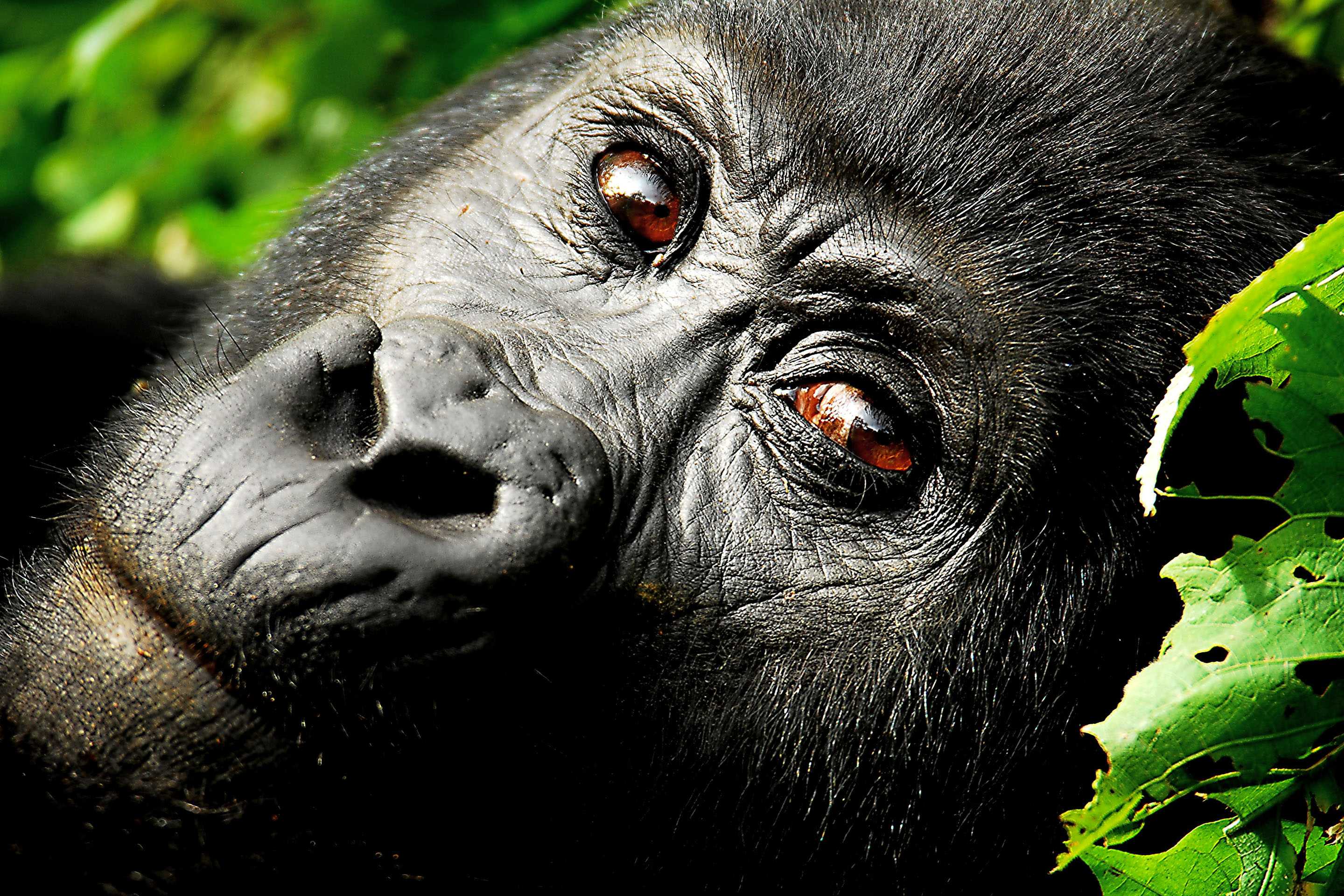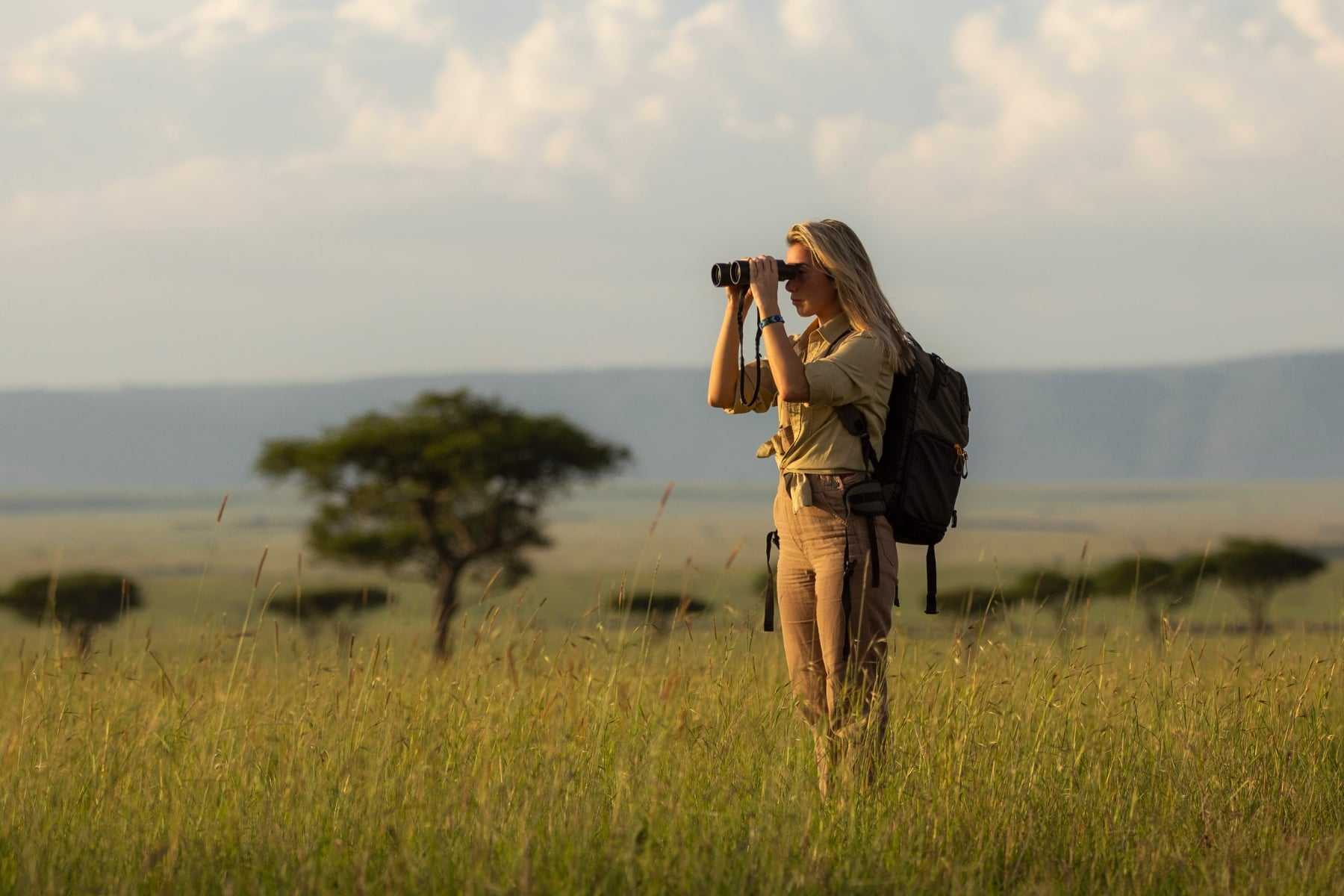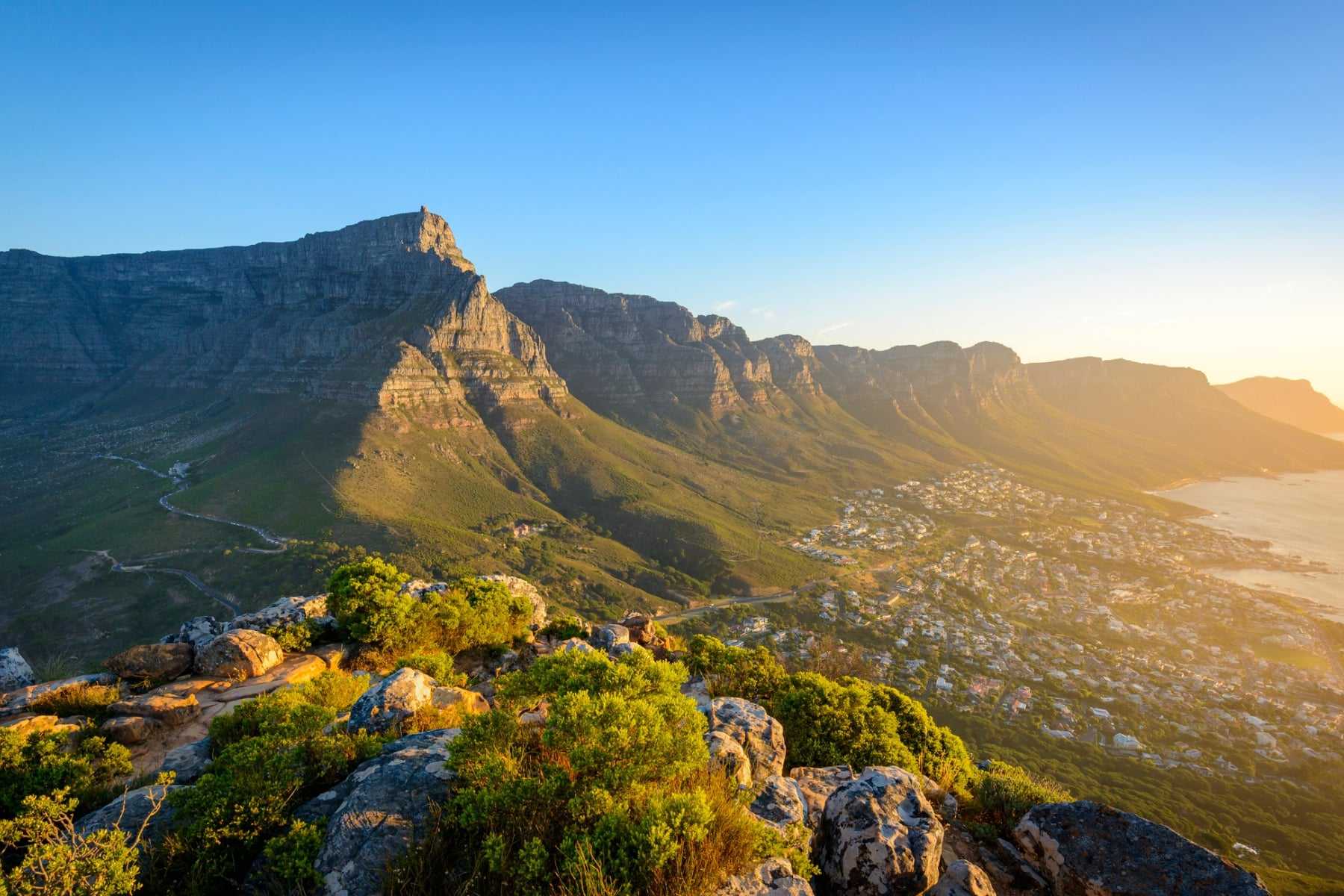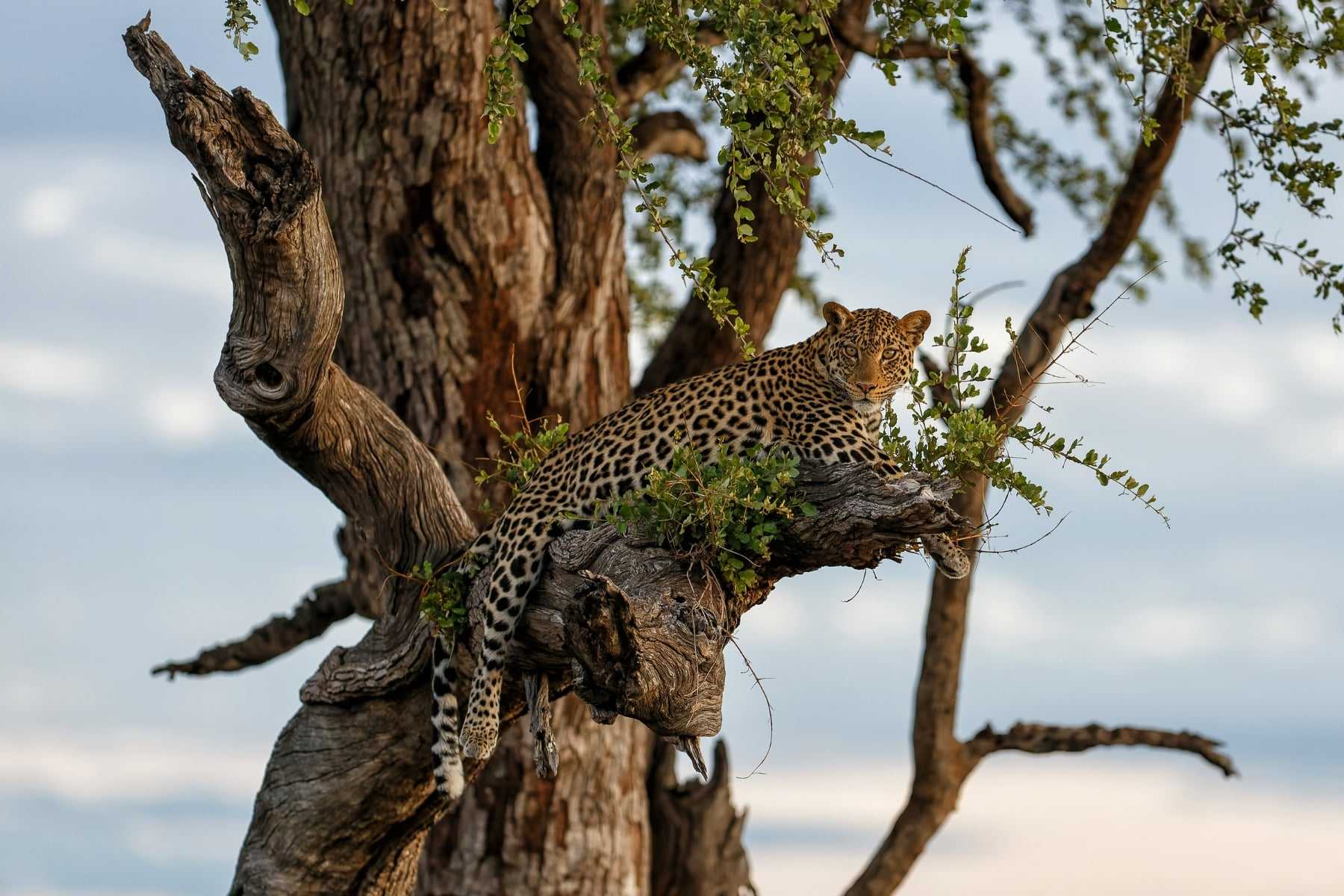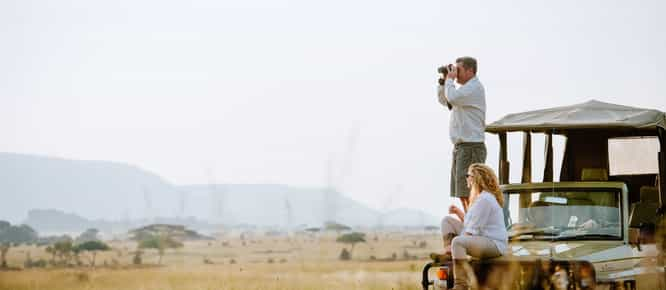Gorilla Trekking in Bwindi, Uganda
Just 400 of the world’s last-remaining mountain gorilla live their lives in a misty pocket of mountainside forest known as Bwindi Impenetrable Forest in Uganda. Amazingly, the gorillas can be tracked year-round, and seeing the great primates in their wild, natural wonderland is something that changes the life of every person who visits.
So, what can you expect on a trip to Bwindi?
Out of all the places that you can see gorilla in Africa—Rwanda, Uganda and DRC—the Bwindi Forest is certainly one of the most magical and beautiful. Of course, seeing a mountain gorilla is undoubtedly the highlight of any trek, but in Bwindi, there’s the added experience of walking through one of the oldest and richest natural forests in the world, full of fascinating birds, insects and mammals.
Here’s what you can expect on a Bwindi gorilla trek, and some of the important information that you need to know before booking your trek…
Note: Virunga National Park in the DRC is currently closed to guests until further notice.
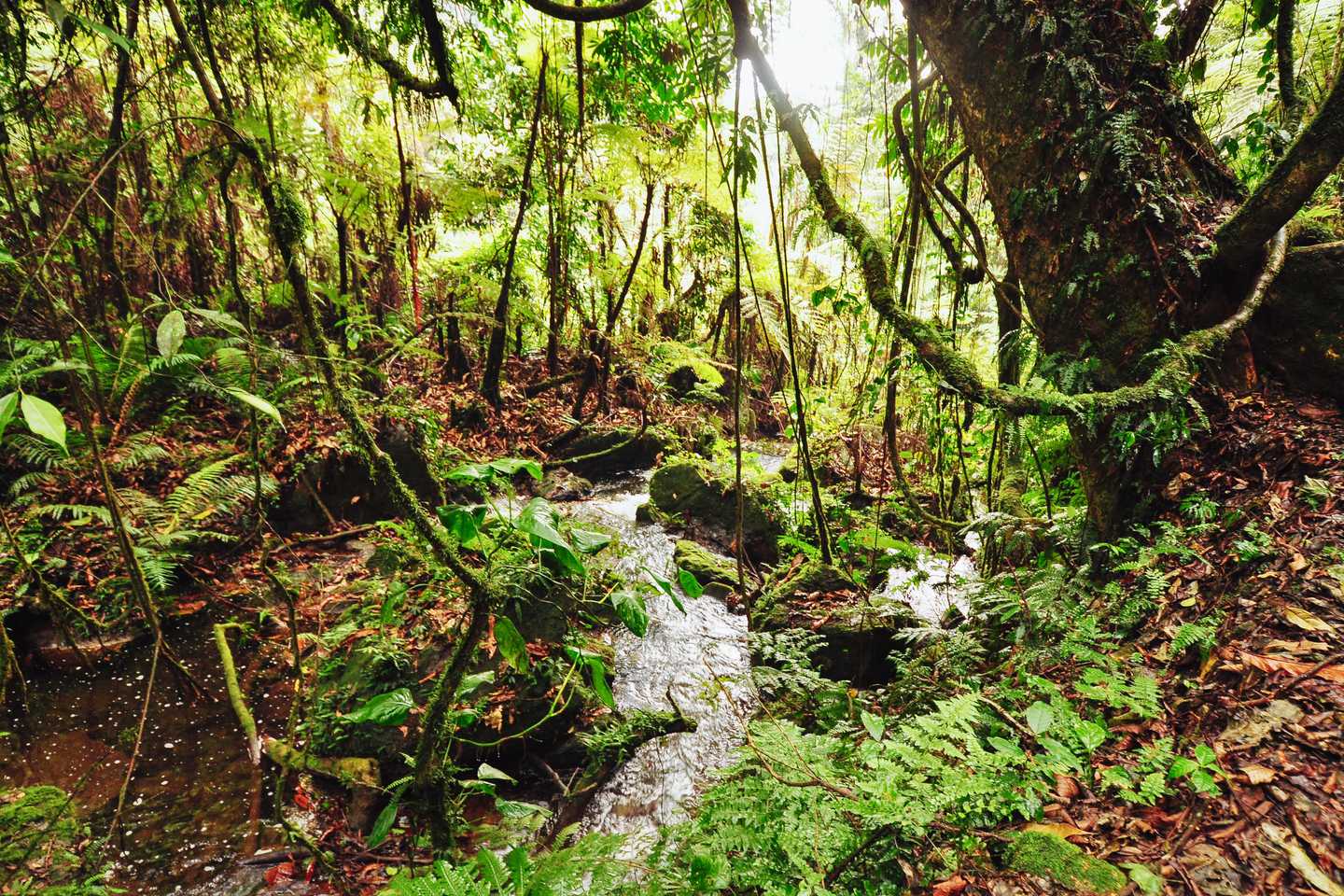
Surround yourself in nature in the Bwindi forest
The forest
Entering the Bwindi forest is an enchanting experience. The elevation ranges from 1160 to 2600 metres and it’s one of the world’s oldest forests. Trekking through the lush thicket is something that will send your imagination spinning back in time, when gorillas had no poachers and roamed the hills in abundance, surrounded by the fluttering of birds and butterflies.
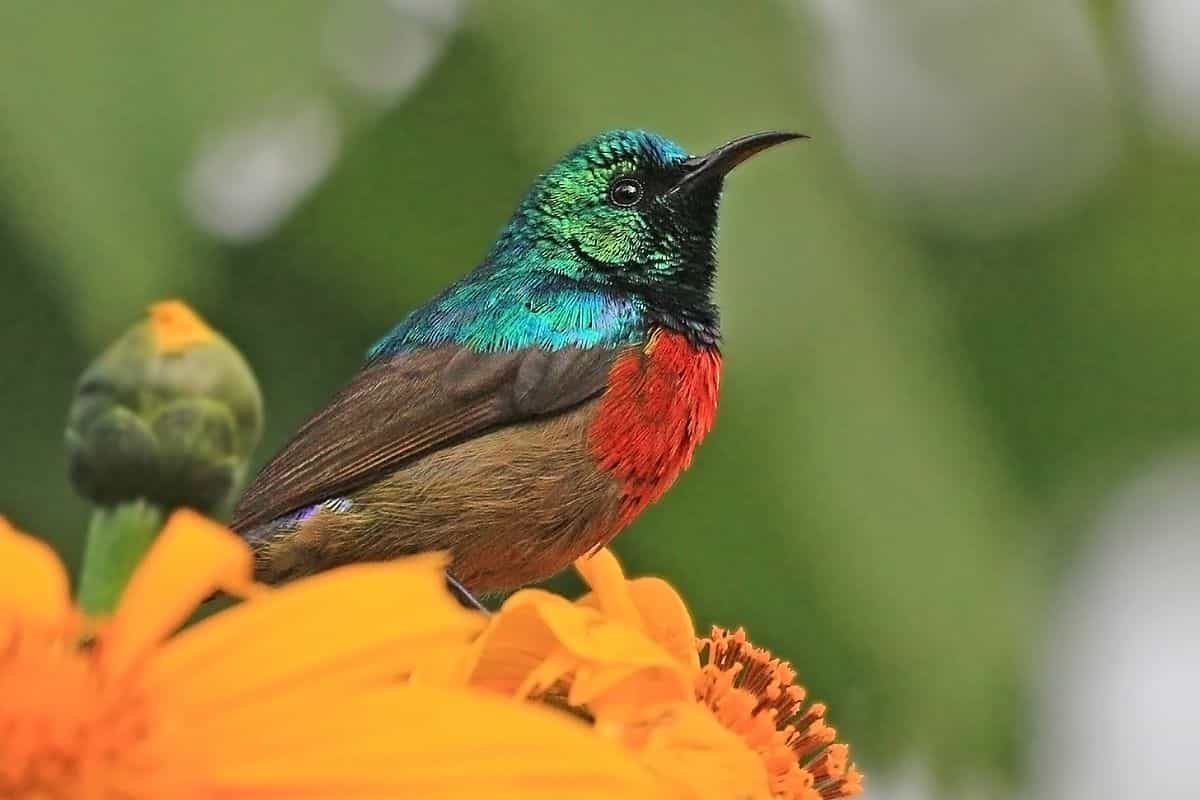
Discover a northern double collared sunbird in his natural habitat
The birds
As you continue your trek into the mountains, keep an eye out for over 350 species of birds, 23 of which are endemic. The waterfall trail and the Mubwindi swamp land are two of the best places to bird watch – in fact, this is where Bwindi derives her name – and the Ruhija sector is also famous for its endemics, making the forest one of Africa’s leading birding destinations.
Walking through the trees, you could catch a glimpse of a northern double collared sunbird, or a number of globally-threatened species like the Shelly’s crimson wing, Chapin’s flycatcher or the African green broadbill, one of the most sought after species in this part of the country. Also keep an eye out for Uganda’s national bird, the grey crowned crane.
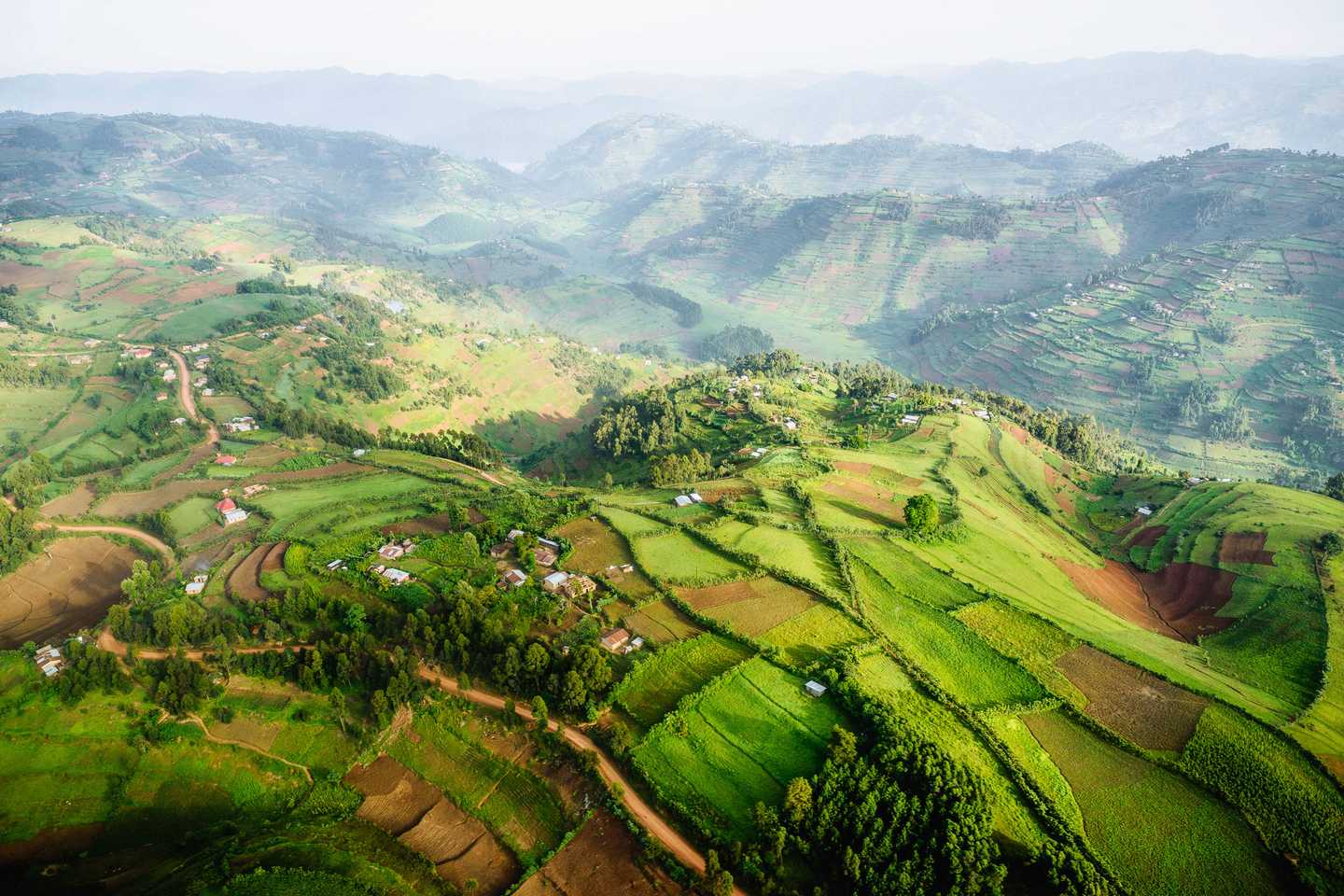
Farming culture in Bwindi
The people
Before entering the park, you’ll catch a glimpse of the traditional way of life of the local people toiling the fields, celebrating their harvests, or planting a crop locally known as ‘matooke’. Children chase after you calling out, “Mzungu, Mzungu”—their own way of expressing how happy they are to see you.
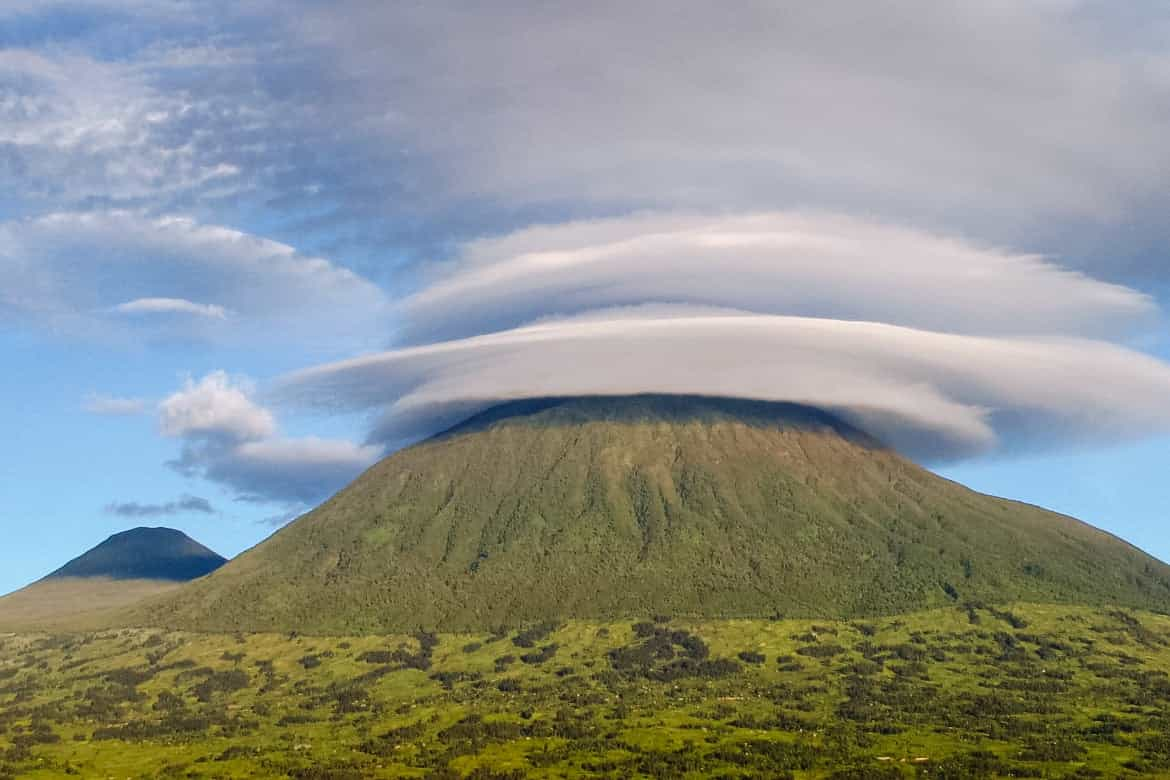
Walk in the shadow of the volcanoes
The spectacular Virunga Volcanoes
As you begin your hike, your view will be dominated by the peaks of the volcanoes that dominate the landscape. Some of Uganda’s highest volcanoes include Muhavura at 4127m, Gahinga at 3474m, and Sabyinyo at 3669m – the true ‘islands in the sky’ of Uganda.
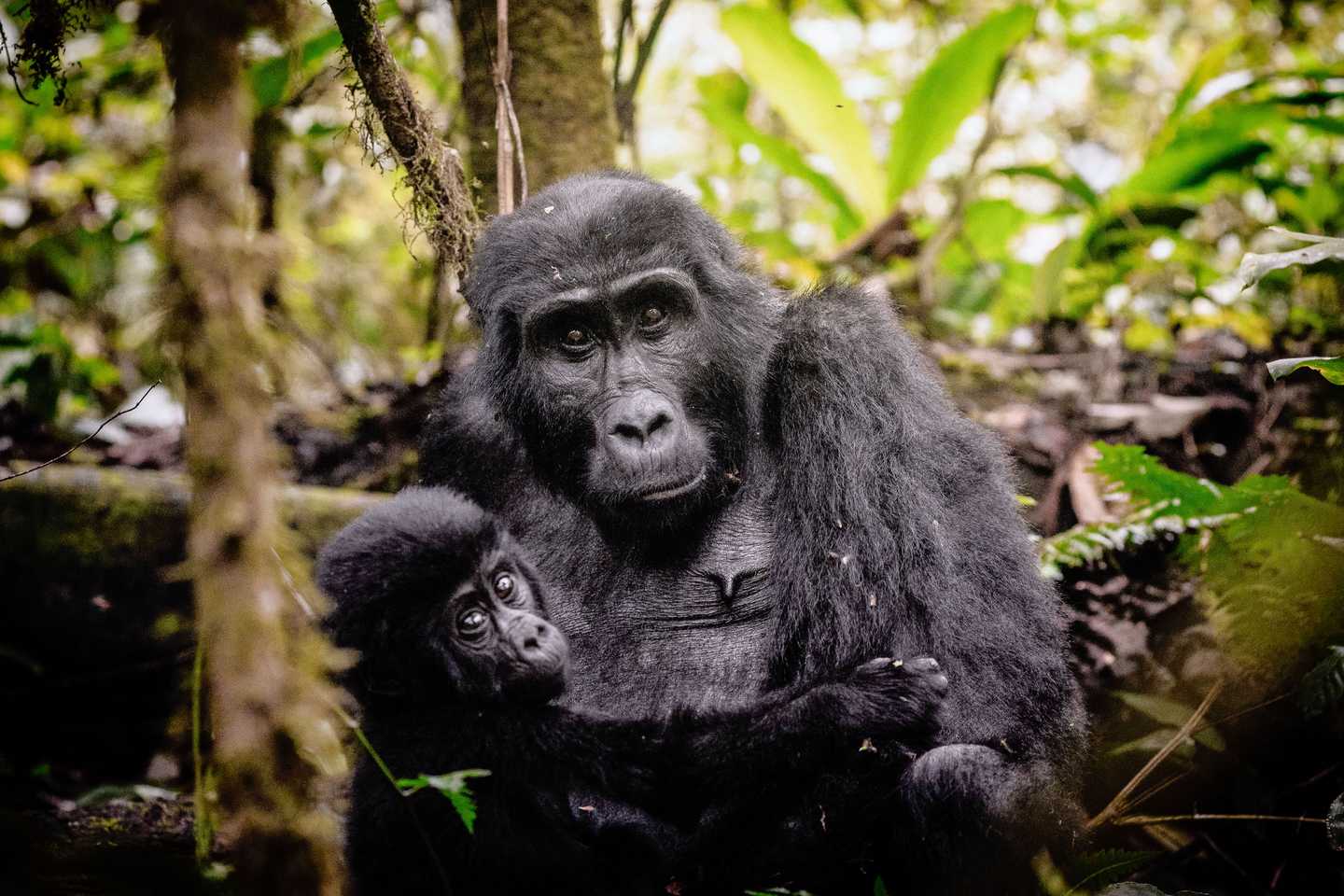
Spot one of these majestic creatures in Bwindi forest
Seeing the gorillas!
When you first see the gorillas, it’s hard to remain still as your excitement and emotion builds from the expectation. But it’s important to remain calm so as not to disturb these gentle giants. They are so utterly human-like in some ways and yet so primal in others that it’s as if the last million years haven’t happened and you are the only human on the planet. As you sit and enjoy their presence, it’s important to remember not to approach the gorillas but rather let them come to you. And come to you they do – they are so relaxed around people, it is both comforting and intimidating.
Gorilla tracker in the Bwindi forest
Am I guaranteed to see the gorillas in Bwindi?
We can’t guarantee sightings, but the chances of seeing the gorillas are very high in Bwindi. The park sends out trackers before you leave for your trek and they are always in contact with the group guides. These trackers usually know where the gorillas were the previous day and can find them fairly quickly.
The time it takes to find the gorillas also varies depending on the route you take into the mountain and which lodge you are staying at, but prepare for upwards of an hour’s trek into the mountains.
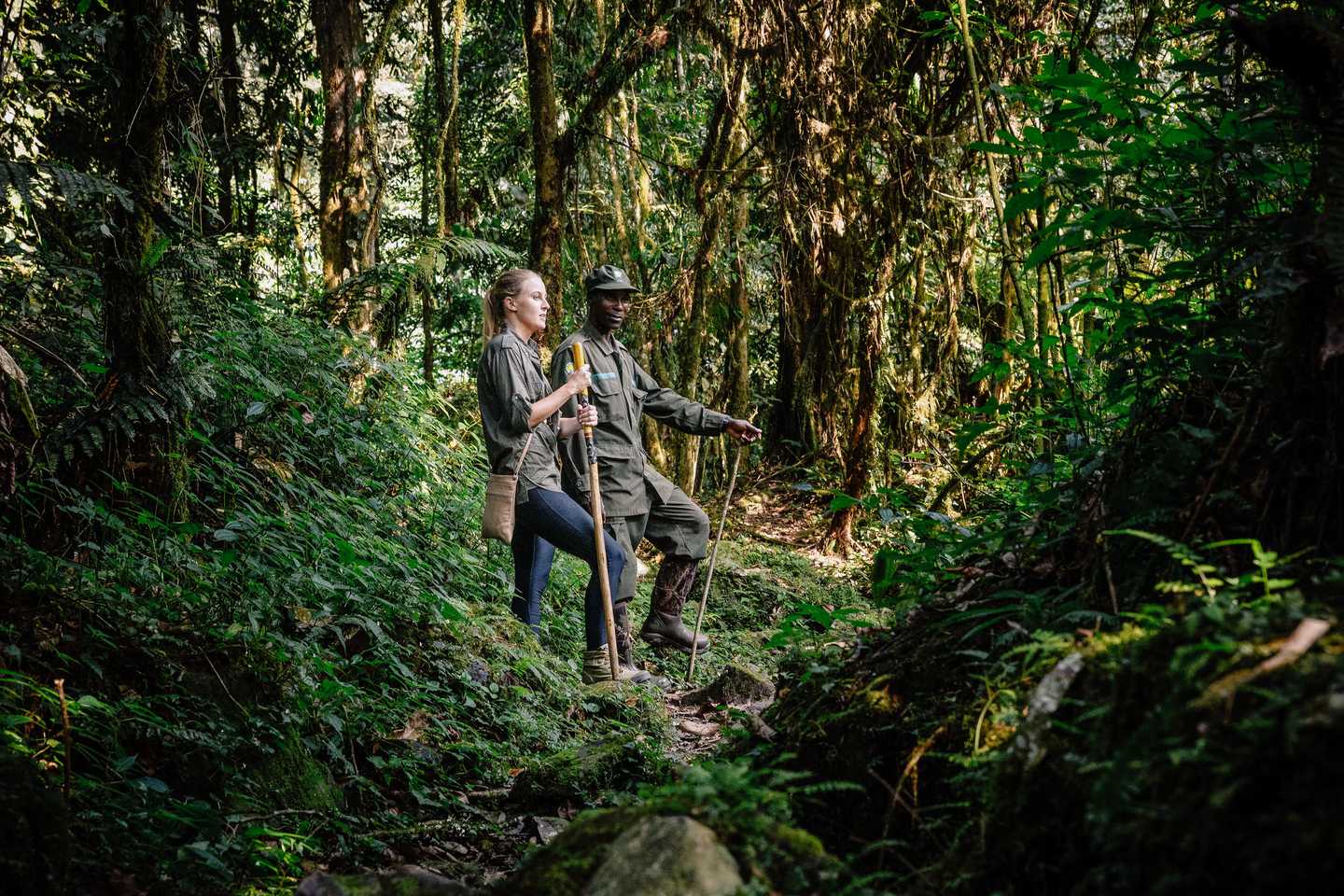
Equip yourself with the right attire for the gorilla trekking
What to wear gorilla trekking
Layers, layers, don’t forget the layers! Daytime temperatures range from 23C/73F, at times dropping to as low as 11C/52F, so it’s important to have layers to strip off (or add on!). We recommend you pack rain wear, waterproof clothing and appropriate hiking shoes to wear during gorilla trekking missions and forest walks. In addition, bring lightweight, water resistant trousers (if possible) and a cotton t-shirt with a long-sleeved cardigan or sweater on top. To escape those pesky insects, you’ll want to tuck your trousers into your socks to make sure nothing finds its way in…
A small backpack is also useful for carrying water and of course your camera and spare batteries. Gardening gloves are a good addition to help with the thick and spiky plants in the forest, though it’s not a problem if you don’t have them. A hiking stick also makes a huge difference at the steeper points on the trek – these are often provided by the lodges. For more information on preparation, read our What to pack for a gorilla trek blog.
In all, Bwindi is one of the best places in central Africa to see the great mountain gorillas. Magical forests, beautiful volcanic panoramas, rare birds, welcoming people, comfortable lodges and, of course, the gorillas themselves. Join them as they live out their eons old existence, and feel the whiplash of primal time-travel.
To trek gorilla in Bwindi Forest, you will need a permit which costs USD $700 (2019). If you book your trip through Timbuktu, we will arrange them for you.
